Every good parent worries about their children. However, sometimes the media exploits that concern by pushing stories that make it seem like teenagers are in constant danger of total self-destruction. This type of scaremongering helps no one and stokes feelings of mistrust and paranoia. Of course, it’s a good idea for parents to talk to their kids about the dangers of drugs, but they probably don’t need to worry about fads like . . .
10Eyeballing Alcohol
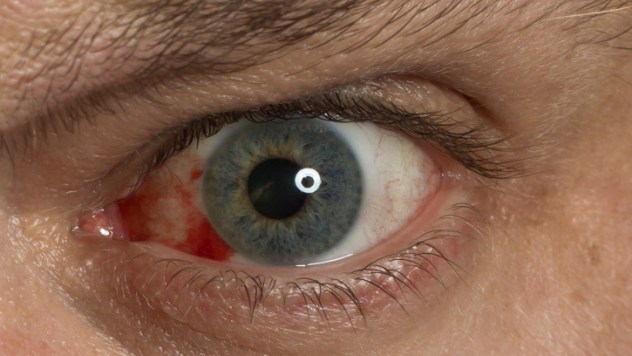
Not long ago, the media was breathlessly reporting that young people were consuming shots of vodka through their eyeballs. If that sounds like an utterly insane thing to do, that’s probably because it is. Throwing booze in your eye could cause permanent damage and would certainly result in a terrible burning sensation. Yet various media outlets made it clear that this dangerous trend was sweeping multiple nations—and that parents everywhere should be talking to their teens about it. Supposedly, it could get you drunk faster. Or it would, if there was a single shred of evidence that it was even a real trend at all.
Gawker.com’s Brian Moylan argues that these “faux trends” are becoming more and more prominent—and that they mostly follow a fairly simple formula. Basically, it starts with a few real videos of someone doing something stupid, then the media makes the number of videos much larger than it is, gets an expert to say it’s dangerous, and before long everyone is in a panic over the new “trend.” And of course, there’s also the simple fact that throwing vodka in your eyeball isn’t even going to get you buzzed anyway.
9Shamboiling
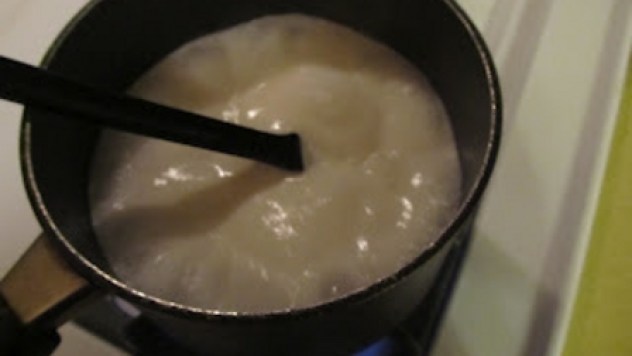
According to a story that quickly gained popularity on the Internet, kids are taking shampoo and boiling it on a stove in order to release an ingredient called ammonium lauryl sulfate. Once it hits the right temperature, the desperate teenager inhales the fumes—which presumably taste of body wash—and gets a high that includes powerful hallucinations. As you’ll probably have guessed, there’s no evidence that ammonium lauryl sulfate would have any such effect.
Now in fairness, the story did seem to originate from a reliable source—CNN’s website. The problem is that it was a CNN iReport, user-submitted content which CNN itself doesn’t fact-check. People who didn’t know what an iReport was just saw the reliable CNN logo and spread the story far and wide. CNN eventually updated the original iReport to state that they had contacted the DEA and other authorities, who had no evidence of people ever engaging in such an activity. At this point the damage was already done. Perhaps CNN should be slightly more careful about allowing unverified content on their website.
8Vodka Tampons
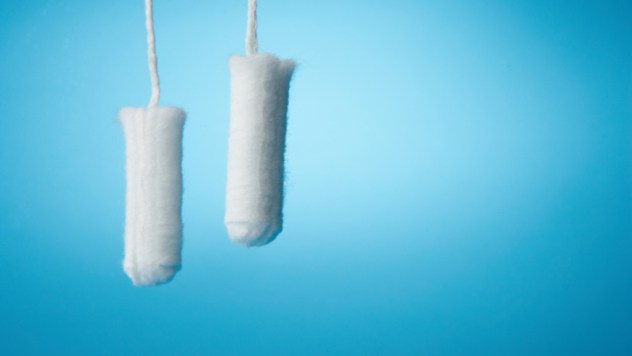
Back in 2011, the latest “teen drinking fad” was for girls to take a tampon, soak it in vodka, and then insert it for a really fast buzz that would beat a breathalyzer (boys could get in on the action by inserting the tampons rectally). But even though the story was widely reported, journalists couldn’t find any evidence that it was actually happening. Finally, Huffington Post editor Danielle Crittenden decided that the only way to be sure if the story was real was to try it herself.
The biggest tampon she tried was able to hold just over a shot of vodka, but she estimates she lost about half of that getting it positioned in her body. Once the tampon was in place, Crittenden reported a horrifying burning sensation—but no evidence that the alcohol affected her, beyond the usual lightheadedness caused by burning nether regions. Just to be sure, she tried consuming the same amount of alcohol normally later, which had much more of an effect with none of the pain. The truth is that even if this method worked slightly, it would still be absurdly impractical (you’d only be able to consume one shot, for one thing). Furthermore, it wouldn’t even help you beat a breathalyzer, since the device measures alcohol that passes into your lungs through the bloodstream—no matter how the booze gets into your body, the breathalyzer will detect it.
7The Knockout Game
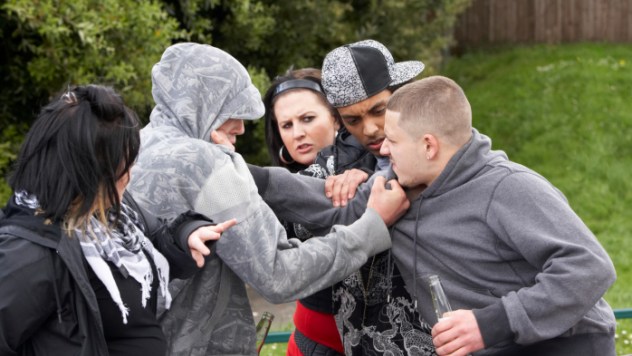
The knockout game is supposedly an extremely dangerous trend in which a mob of teens assault a random people for fun. Basically, the kids pick a target and then someone tries to knock them out. If they fail, then another teen tries until the person is successfully knocked unconscious. Whoever performed the knockout is the winner. While there is limited evidence that the game might really have taken place in some isolated areas, the recent reports that it is a growing nationwide trend are completely baseless.
Unfortunately, this particular faux trend has a racial component—the game is supposedly played by gangs of young black men, something that online magazine Slate found suspicious. After doing some digging, Slate was unable to find any evidence that the game is a growing trend. They did manage to trace much of the hype to Colin Flaherty, a right-wing blogger and author of White Girl Bleed A Lot: The Return of Racial Violence to America and How the Media Ignore It.
Flaherty’s “evidence” for the game consists of six attacks over the course of two years in Philadelphia. There is no discernible relationship between the attacks and no indication that they were part of any sort of game. Nonetheless, Flaherty has used them as evidence for the wave of black-on-white violence he claims is sweeping the country.
6Beezin
It seems that nothing is safe from your stupid, stupid teenagers. No sooner had concerned parents finished hiding their Smarties and shampoo than news emerged of kids taking Burt’s Bees lip balm and slathering it all over their eyelids. Stories vary on whether the lip balm is supposed to produce a high in and of itself, or just enhance the feeling of other drugs.
It gets better though. Remember how we mentioned the formula for “faux trends” earlier? Well, this one hits all the appropriate marks. It has a video of someone performing the act, known as “beezin,” and they even called in an expert to say how dangerous it was. However, there was one mistake the media might have avoided if they had paid a little more attention—the makers of the video they were reporting on admit that it’s a parody at the end of the actual video. The fact that such a specific brand was mentioned, along with the sheer ridiculousness of it, should have been a red flag, but this became a serious story reported nationwide, all because no one watched the credits.
5Spunkball

According to legend, Spunkball is a game in which a group of bored teens in a car stop at a traffic light and look for someone with an open window. If they spot an appropriate target, they yell “Spunkball” and toss a gasoline-soaked rag wrapped in aluminum through the window. The missile is equipped with a firecracker as a sort of “fuse.” Essentially, it’s supposed to firebomb your car. While the story started out as a fairly standard urban legend, it took on a new life thanks to an unfortunate accident.
The legend was spread by an email forward, ending with a warning that you should keep your car windows rolled up, lest the teens destroy you with their random missiles of bored violence. It didn’t get much attention until an Allstate employee unthinkingly forwarded the email—including the signature in her email that said she worked for Allstate. Unfortunately, this led many people to assume it was an official email from the insurance company, warning clients that they should keep their windows rolled up for their own safety.
4Snorting Smarties
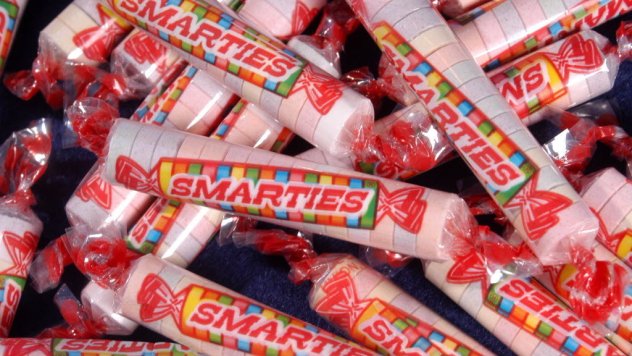
Yes, if the media is to be believed, today’s kids are apparently snorting crushed Smarties—and putting themselves at risk for “nasal maggots” in the process. The media made it sound like snorting Smarties was an epidemic, with kids gleefully putting themselves in danger of terrible things like nose irritation and the aforementioned maggots.
Of course, there are multiple things wrong with this narrative. For starters, the media made it sound like some sort of huge new phenomenon, but the truth is that there are only unconfirmed reports of a few isolated incidents. And just about everyone remembers trying such silly stuff as a child (who didn’t occasionally pretend to be smoking a Twizzler?). The truth is that any real dangers are fairly mild and would only be a problem if someone actually made snorting Smarties a habit. There is no known documented case of this—probably because there is no evidence of Smarties dust being addictive. The quote about “nasal maggots” came from a Mayo Clinic expert who said that it was theoretically possible, but admitted that no such case had ever occurred.
3Smoking Bedbugs
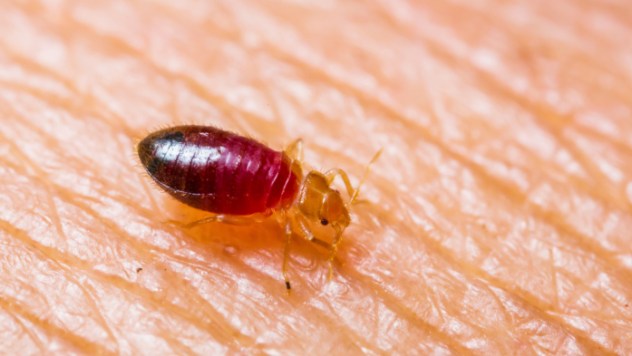
For the modern urban sophisticate, sure of his comfortable insulation from nature’s nastier elements, bedbugs are perhaps one of the most nightmarish creatures of the modern age. They can invade even the cleanest of homes, because these critters aren’t looking for food or filth—they feast on the sweet nectar within your veins. As such, it’s no surprise that many people were shocked when they discovered that kids were crushing up bedbugs in order to smoke them and get high.
Luckily, it turned out the entire thing was a hoax for April Fools’ Day. An accompanying video was actually edited footage of a report on people using “dab” (butane-extracted hash oil), a substance that can actually be quite dangerous. A surprising amount of people actually continue to believe the story, even though it wouldn’t take long to find out that there’s nothing mind-altering about a bedbug—unless you count the trauma you go through during an infestation.
2I-Dosing

Various media outlets have been pushing I-Dosing as the latest teen scare, but it never seems to get serious traction. Perhaps it’s because most people can’t yet take the idea of getting high from sounds seriously. See, I-Dosing is a concept designed to use binaural beats—which require headphones to work properly—in order to induce a mental state similar to the effects of various drugs. If that sounds alarming, don’t worry—studies have shown that the binaural beats don’t actually chemically alter the brain at all.
In fact, according to Psychology Today, these binaural beats don’t really pose any threat to kids. The technology has even been used in therapeutic settings. Of course, you will always find people who claim that everything teens do is the next big disaster. Despite evidence that binaural beats are harmless, and even medically useful, narcotics enforcement officials have expressed concern that they might be a gateway drug. Although it’s hard to imagine how something could be a gateway drug when it isn’t actually a drug in the first place.
1Pharm Parties
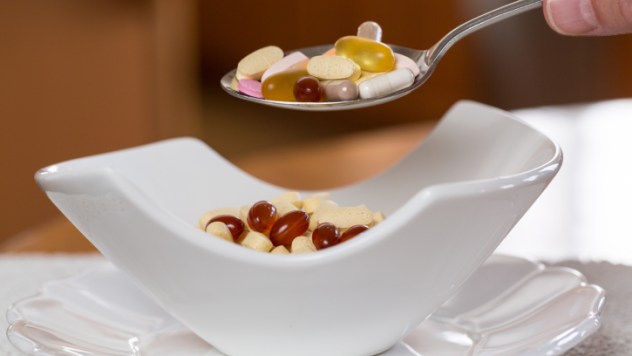
Back in 2006, USA Today reported that teen pharmaceutical abuse was on the rise. During the course of the story, they made a wild anecdotal claim that has been reported by news outlets ever since, but for which no one has ever found any hard evidence. The stories claim that teens are stealing pills from their parents’ medicine cabinets, meeting up at parties, tossing all the pills in a bowl, and then swallowing handfuls at random, just to see what happens. Luckily, Slate was there to call malarkey on the whole thing.
An investigation by Slate’s Jack Shafer found that, while kids have been stealing drugs from their parents since medicine cabinets have existed, the stories of them grabbing random pills from a bowl lacked a basis in reality. None of the many news stories published on the supposed phenomenon had anything close to evidence of it actually happening. The closest Shafer could find was a quote from a former heroin addict, who said the idea of randomly swallowing pills scared even him, but didn’t mention ever having been to such a party or even hearing of one happening. So don’t worry parents, there is no reason to believe your kids are playing lucky-dip with the neighbors’ iron supplements.
